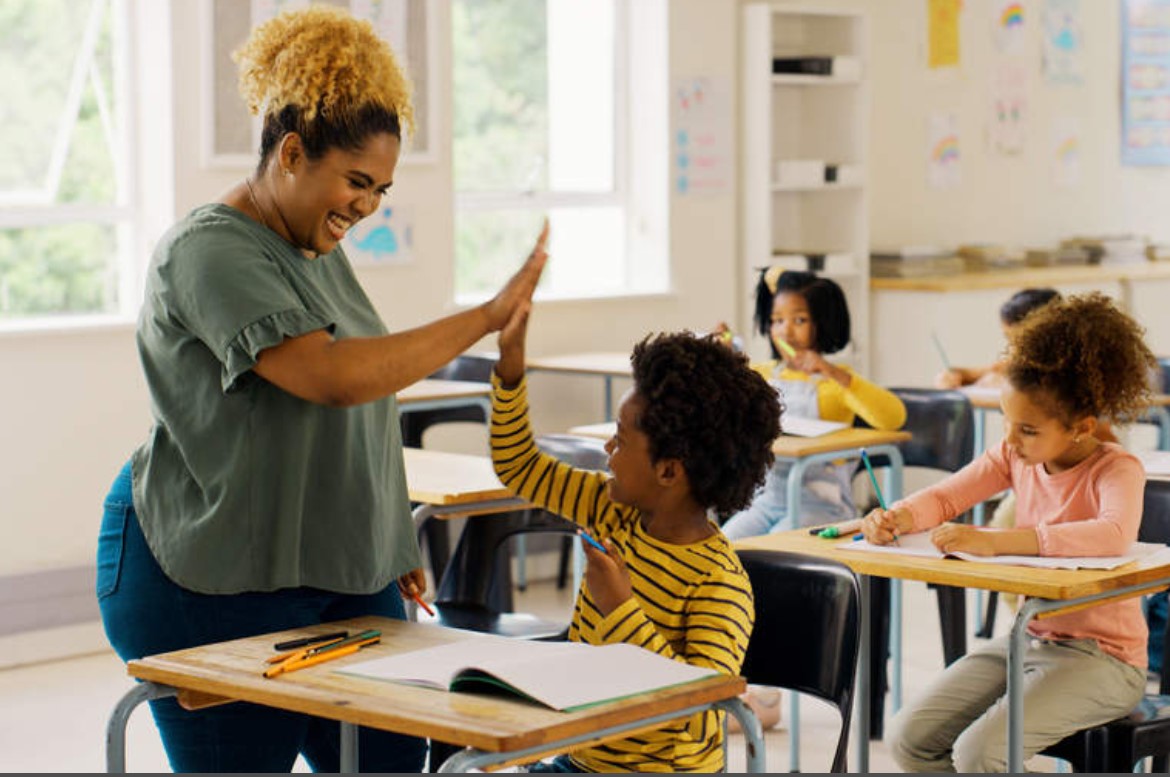Building a Data-Informed MTSS Framework for Student Achievement
The right data can help educators implement an MTSS framework that supports all students, including those who need more resources because they are exceeding expectations

Traditional MTSS frameworks for student achievement visualize interventions and programs as a three-tier pyramid with universal supports at the bottom, targeted supports in the middle, and intensive ones at the top/tip.
During a recent Tech & Learning webinar hosted by Dr. Kecia Ray and sponsored by Otus, education experts talked about turning this model on its side and ensuring that MTSS frameworks are designed to accelerate learning for every student, not just those who are struggling.
Watch the full webinar here.
Key Takeaways: Diamond MTSS Design

The rethinking of MTSS supports as a diamond instead of a pyramid grew out of the data, said Amanda Ironside, director of the MTSS Center for FIRST Educational Resources.
“What we started to see over the years is that the same data that we're using to identify students that are in need of scaffolds and those intensive interventions also help us with those students that need something different in terms of extensions for above grade level instruction,” she said. “So the model morphs to more of this diamond, where we think about all of the learners within our classroom and the ones that might struggle with the grade level concept, but also the ones that are already there, or are already past it. And now what do we do in terms of intensive intervention for those kids?”
Ray said this focus on all students can be a missing element of MTSS. “I feel like so many times we forget the extension side of MTSS and we focus so much on the scaffolding and the intervention side,” she added.
Every Student Deserves to Grow
The MTSS diamond approach is designed to be more strengths-based than traditional MTSS frameworks.
Tools and ideas to transform education. Sign up below.
“Every learner regardless of their starting level of achievement, deserves to grow, and I think sometimes that can get lost because we put a lot of our resources towards our students who are in need of scaffolds and supports and those intensive interventions,” Ironside said. “But we also have to remember that other side as well, and how how we can ensure that those students are being challenged, that they're learning at the level that they deserve to learn at as well.”
Supporting Teachers
"No framework, no matter how well-thought-out, can succeed without teacher buy-in. Getting teachers to successfully implement a framework is about providing support and mentorship,” Ironside said. "We have to first make sure that the teachers that we hire and the teachers that are new to our profession are feeling supported, and that they feel like they have someone in their corner.”
It’s important not to just hand over resources and wish new teachers the best. “We're providing mentors for our new teachers, and even new teachers to a district,” Ironside said. “Even if you've been teaching 15-20 years and you move to a new district, we still need to provide mentorship, and we still need to provide that partnership.”
Using Data Effectively
Implementing an effective diamond-shaped MTSS framework is also about using data effectively.
“Sometimes we're data rich, but we're information poor,” Ironside said. “We have all of this data, right? But sometimes we don't know what to do with all of it and that is often because our framework isn't solid.”
Kendell Hunter, product marketing manager at Otus, said the trick for school leaders is to use data to make their jobs less complex. “We have a lot of data and we should at this point be able to work smarter, not harder,” she said.
Erik Ofgang is a Tech & Learning contributor. A journalist, author and educator, his work has appeared in The New York Times, the Washington Post, the Smithsonian, The Atlantic, and Associated Press. He currently teaches at Western Connecticut State University’s MFA program. While a staff writer at Connecticut Magazine he won a Society of Professional Journalism Award for his education reporting. He is interested in how humans learn and how technology can make that more effective.

